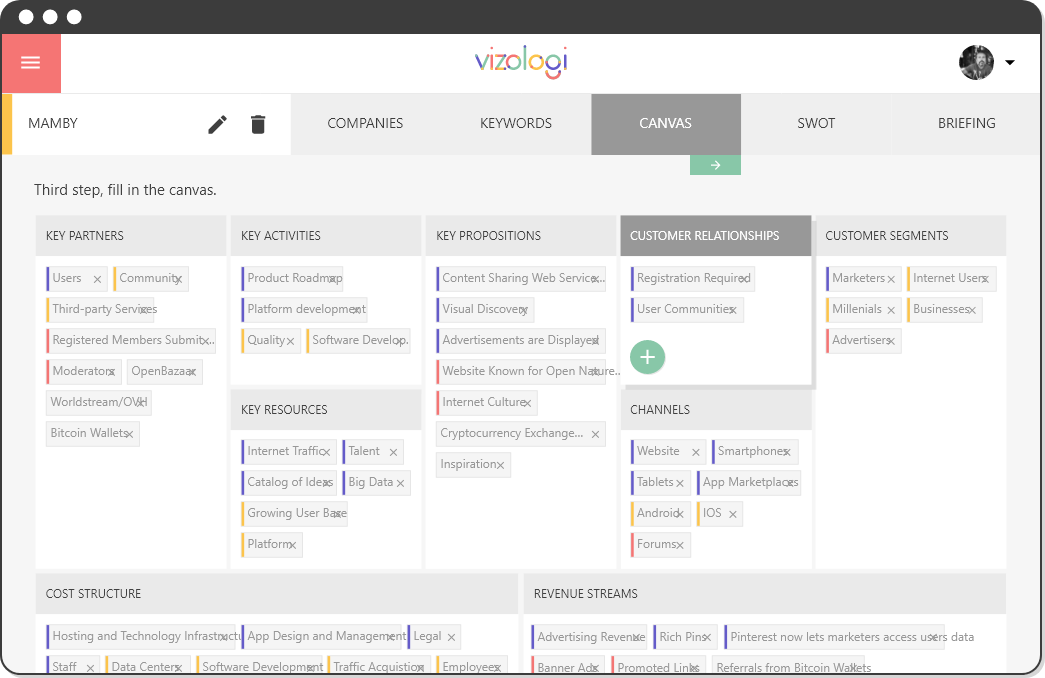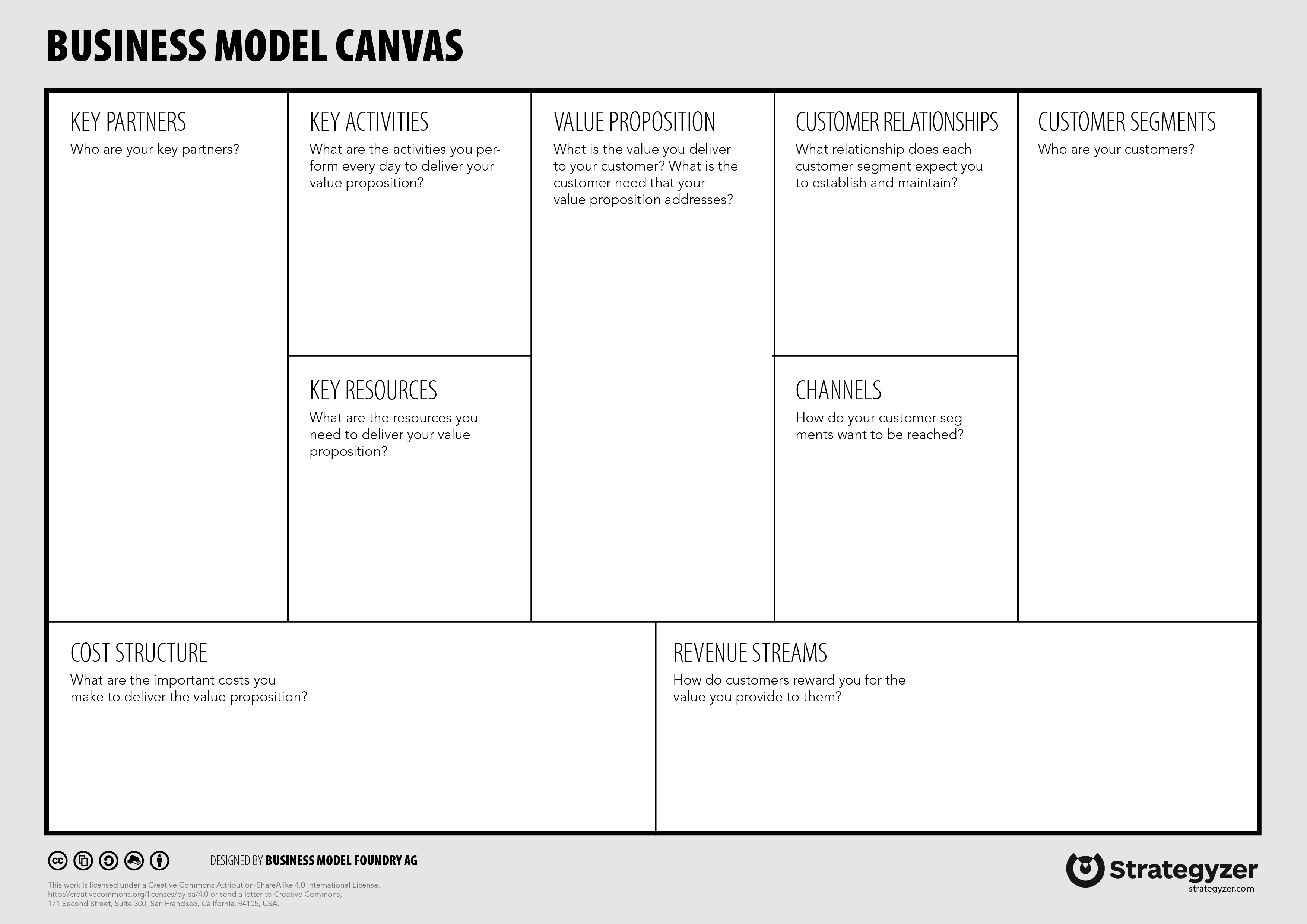

We are not going to walk through how to draw business process diagrams using Business Process Modeling Notation (BPMN) here, as we have another tutorial that covers this. This example highlights the importance of monitoring stock levels to ensure that customer orders can be met in a timely and efficient manner. However, if there is insufficient stock, the sales representative will inform the customer and suggest modifying the purchase order.

If the inventory is sufficient to fulfill the order, the sales representative proceeds to pack the items and ship them along with an invoice. It starts when a sales representative receives a purchase order from a customer and checks the stock level. We will illustrate the process of an online shop that sells goods. Capture the Current Process in As-is Process

It provides a robust means to capture the current business process, design enhancement and identify the enhancement between the current and enhanced processes. In this tutorial, we will be using Visual Paradigm to create BPMN-compliant business process diagrams. By creating a To-Be business process, organizations can prioritize and focus on the most critical changes necessary to achieve their goals and close the gaps between the current and desired states. The purpose of a To-Be business process is to provide a clear picture of what the future state of the organization will look like, and what steps need to be taken to achieve it. It serves as a roadmap for change, identifying where the organization needs to be in order to achieve its goals. What is a To-Be Process?Ī To-Be business process outlines how a company's process, culture, and capabilities will appear in the future. By understanding how work is currently being performed, organizations can develop strategies to eliminate bottlenecks, reduce waste, and enhance overall business processes. The purpose of an As-Is business process is to provide a baseline for identifying areas for improvement, optimizing the use of resources, and ultimately increasing efficiency and productivity. It outlines how work is currently performed and how information flows through the organization. An As-Is business process is a detailed overview of the current state of a company's process, culture, and capabilities.


 0 kommentar(er)
0 kommentar(er)
